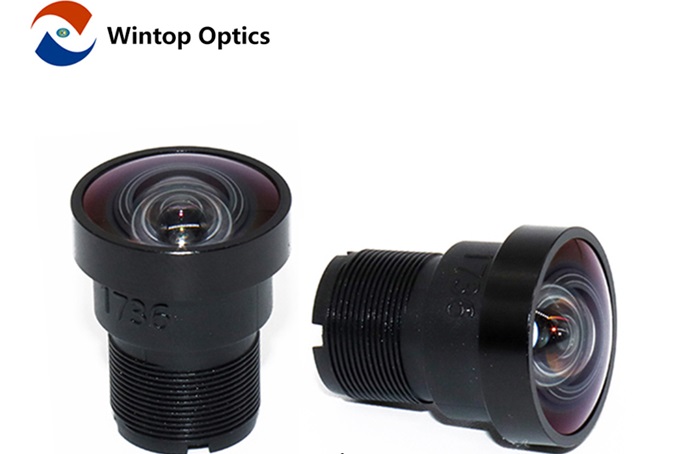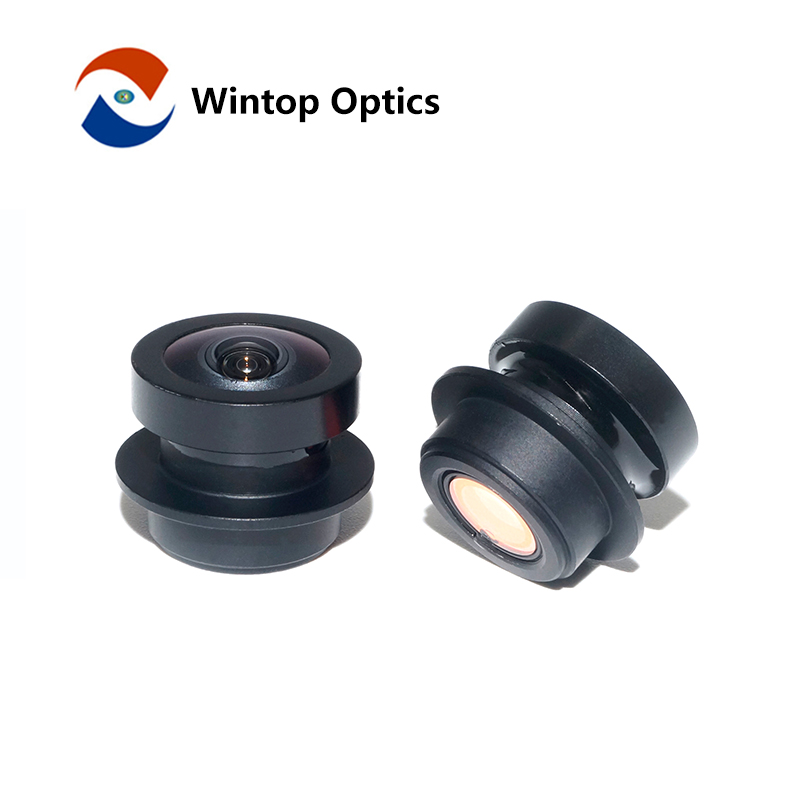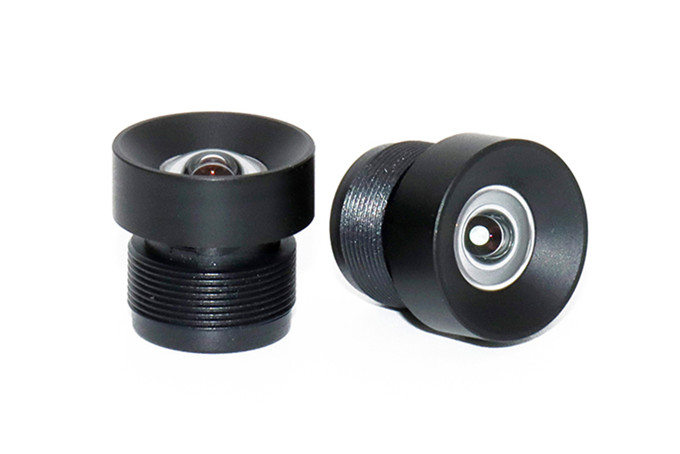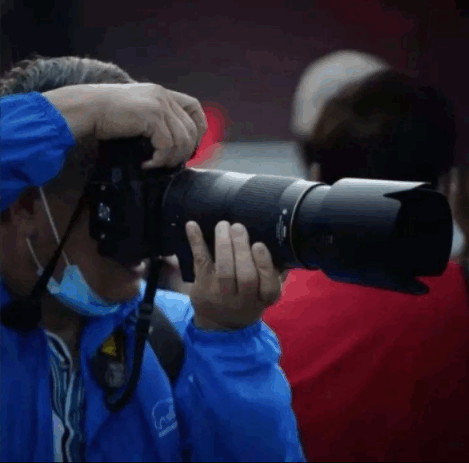The main features of M12 Mount Lens include 1/4'' CMOS and 1/3 Fisheye Lenses
Jul 04, 2024
In the ever-evolving world of imaging technology, M12 mount lenses have carved out a niche for themselves. Known for their versatility and compact size, these camera lenses are pivotal in various applications, from security systems to industrial vision and consumer electronics. In this blog post, we will delve into the specifics of M12 mount lenses, focusing on two popular variants: the 1/4'' CMOS lens and the 1/3 fisheye lens.
What is an M12 Mount Lens?
M12 mount lenses, also known as S-mount lenses, are a standard type of lens mount with a 12mm diameter. They are widely used in various applications due to their small size, affordability, and compatibility with a wide range of sensors. These imaging lenses are particularly popular in the fields of security, robotics, and consumer electronics.
The 1/4'' CMOS Lens: Precision in a Compact Form
The 1/4'' CMOS lens is a common type of M12 mount lens that is highly regarded for its precision and image quality. Here’s why this lens stands out:
Compact Size: The 1/4'' CMOS lens is perfect for applications where space is limited. Its small size makes it ideal for compact devices and systems.
High Resolution: Despite its size, this m12 lens can deliver high-resolution images, making it suitable for detailed imaging tasks.
Cost-Effective: The 1/4'' CMOS lens offers a balance of quality and affordability, making it a popular choice for budget-conscious projects.
Applications of the 1/4'' CMOS lens include security cameras, mobile devices, and various industrial applications where detailed imaging is crucial.
Exploring the 1/3 Fisheye Lens: A Wider Perspective
The 1/3 fisheye lens is another intriguing variant of M12 mount lenses. Known for its ultra-wide-angle view, this wide angle lens offers a unique perspective that is invaluable in several scenarios:
Ultra-Wide Angle: The 1/3 fisheye lens provides a panoramic view, making it perfect for applications that require a wide field of view, such as surveillance systems and action cameras.
Distortion Effects: The distinctive barrel distortion effect of fisheye lenses is not just a quirk but a feature. It can be used creatively in photography and videography to produce interesting visual effects.
Enhanced Coverage: In security and surveillance, a single 1/3 fisheye lens can cover a large area, reducing the need for multiple cameras and simplifying installation.
This fisheye lens is particularly useful in applications like 360-degree surveillance, immersive VR content creation, and any scenario where maximum coverage is essential.
Choosing the Right Optical Lens for Your Needs
When selecting between a 1/4'' CMOS lens and a 1/3 fisheye lens, consider the following factors:
Field of View: If you need a standard field of view with high detail, the 1/4'' CMOS lens is a great choice. For a wider perspective, the 1/3 fisheye lens is ideal.
Application Requirements: Evaluate the specific needs of your project. Security systems might benefit more from the expansive view of a fisheye lens, while detailed imaging tasks might require the precision of a CMOS lens.
Budget and Space Constraints: Consider the cost and physical space available in your device or system. Both m12 lenses offer unique advantages depending on these constraints.
M12 mount lenses, including the 1/4'' CMOS lens and the 1/3 fisheye lens, offer a versatile and effective solution for a wide range of imaging needs. Understanding the strengths and applications of each can help you make an informed decision, ensuring that your imaging system delivers the best possible performance.
Whether you're looking to enhance your security system, capture stunning wide-angle shots, or integrate precise imaging into a compact device, there's an M12 mount lens that fits your requirements perfectly. Explore the possibilities and take your imaging capabilities to the next level!



